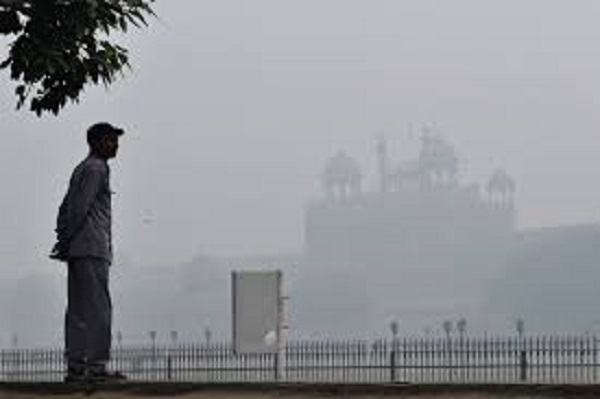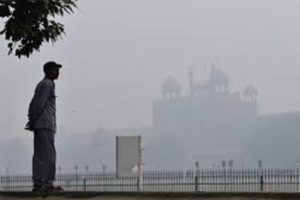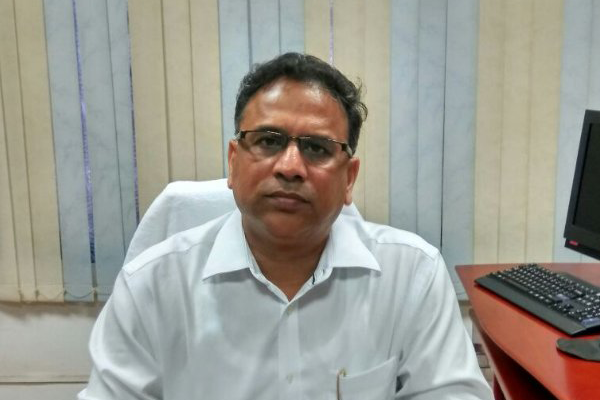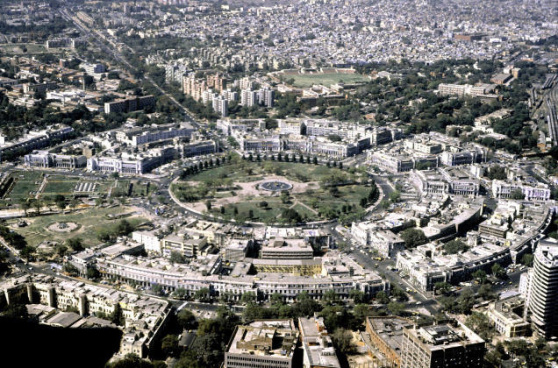
With the commencement of another ‘stubble-burning season’, Delhi’s struggle for breath-worthy air begins. Tough a little relief in air quality yesterday, the particulate matter levels including PM 2.5 and PM 10 in the air still remains in the harmful category as the city witnesses another hazy morning today.
 On Wednesday, the AQI, as per the data of Central Pollution Control Board (CPCB) data, dropped from 300 to 276 which seemed to be an improvement. Whereas, the PM 2.5 level stood at 115 µg/m3 and PM 10 level at 207 µg/m3 way above the safety standards that are 60 µg/m3 for PM 2.5 and 100 µg/m3 for PM 10.
On Wednesday, the AQI, as per the data of Central Pollution Control Board (CPCB) data, dropped from 300 to 276 which seemed to be an improvement. Whereas, the PM 2.5 level stood at 115 µg/m3 and PM 10 level at 207 µg/m3 way above the safety standards that are 60 µg/m3 for PM 2.5 and 100 µg/m3 for PM 10.
According to scientists from the Indian Meteorological Department (IMD), the slight improvement witnessed in the air quality the previous day is attributed to a marginal increase in wind speed. As reported by Hindustan Times, Kuldeep Srivastava, Head of IMD’s weather forecasting centre said, “During the day wind speed was quite low so the pollutants accumulated, while, by the evening the wind speed increased causing a slight decline in the capital’s air pollution.” In the evening, Delhi received easterly winds which minimised the impact of stubble burning in the neighbouring states of Punjab and Haryana, added Kuldeep.
Also Read: Delhi wakes up to poor air, AQI reaches 298
GRAP to come in effect
The Graded Response Action Plan (GRAP) to tackle the air pollution woes is to come in effect from today. The winter phase of the GRAP will cover the months from this October to March 2021. Under the action plan, there are various measures defined which re to be taken with respect to the AQI. The recent ban on the use of diesel generators, imposed by the Supreme Court of India, will also come in effect under the GRAP as the capital’s air is looming in the poor AQI category.
Also Read: Delhi gets war room to fight air pollution conundrum
The Ministry of Environment Forest and Climate Change (MoEF&CC) directed the CPCB to deploy 50 teams to keep a vigil in the Delhi NCR areas and strict surveillance in pollution hotspots. Moreover, the ministry also said that a control room for monitoring on hourly-basis has been set up at CPCB which will keep coordinating with the state pollution control agencies.





















